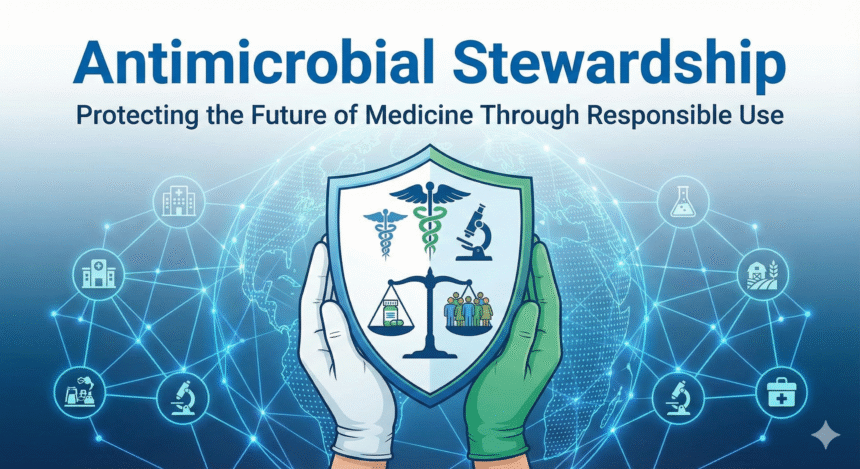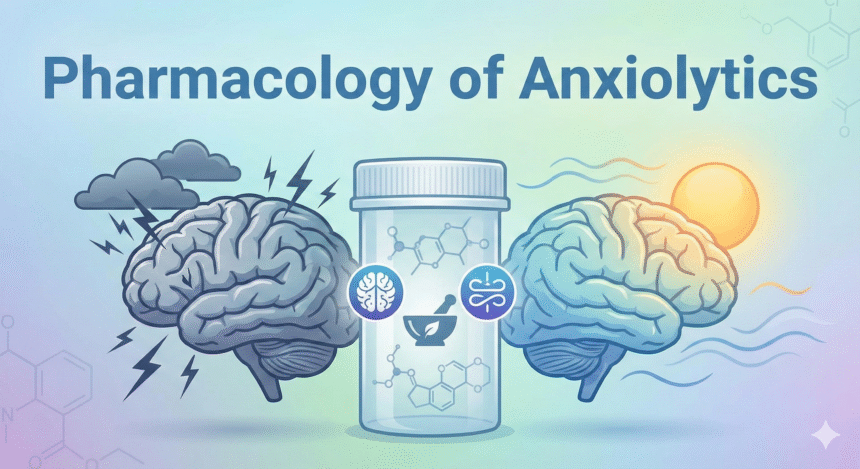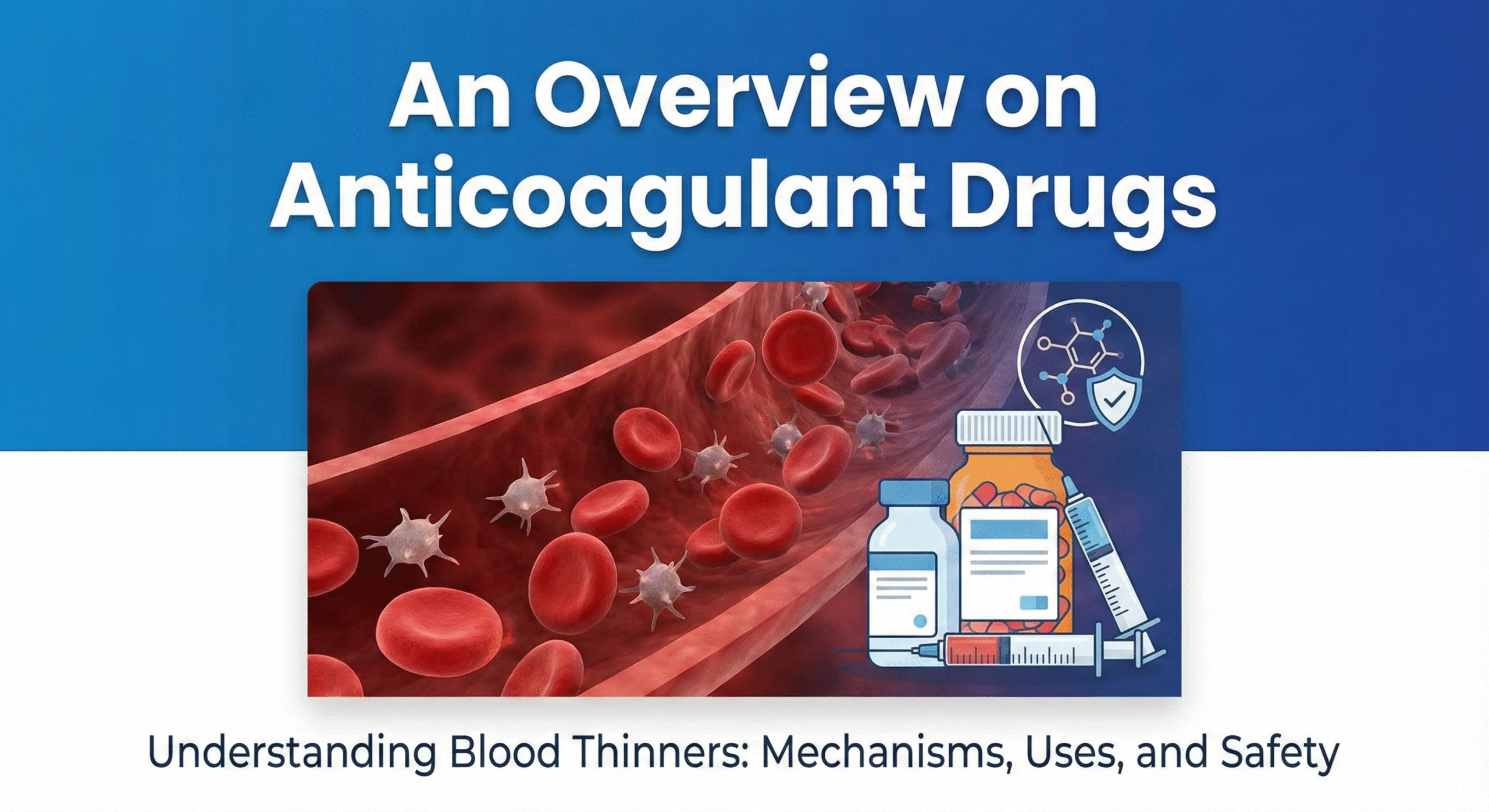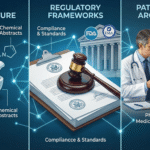Antimicrobial stewardship
Antimicrobial stewardship is the coordinated set of actions that ensures the optimal selection, dosing, route, and duration of antimicrobial therapy to improve clinical outcomes while minimizing toxicity, resistance, and costs.…
Pharmacology of Anxiolytics
Scope and Definition Anxiolytics are a class of pharmacological agents administered to treat pathological anxiety—a set of disorders characterized by excessive and unmanageable worry or fear. Anxiety may be generalized (GAD),…
Regulatory Pharmacology
Introduction to Regulatory Pharmacology Regulatory pharmacology sits at the crossroads of science, law, and ethics, serving as a critical bridge between the benchtop discoveries of new drugs and their delivery…
Oral Contraceptives: OCPs
Oral contraceptives (OCs) are hormone-containing medications taken to prevent pregnancy and for management of various gynecologic conditions. They are among the most widely used medicines globally, and have undergone major…
Pharmacology of Progesterone
Introduction Brief Overview of Progesterone Progesterone is a crucial hormone in the human body, predominantly known for its role in the female reproductive system. It is a steroidal hormone primarily…
Pharmacology of Estrogens
Introduction Overview of Estrogens: Definition and Biological Significance Estrogens are a group of steroid hormones crucial for the development and functioning of both female and male reproductive systems, although they…
Pharmacotherapy of Type 2 Diabetes
Introduction Type 2 Diabetes Mellitus (T2DM) has become a global health challenge, characterized by insulin resistance and a relative deficiency of insulin secretion, resulting in persistent hyperglycemia. Over time, poorly controlled T2DM can…
Oral Anticoagulant Drugs
Introduction to Oral Anticoagulant Drugs What are Oral Anticoagulant Drugs? Oral anticoagulant drugs are a class of medication that help prevent blood clot formation. They work by interfering with the…
An Overview on Anticoagulant Drugs
Introduction to Anticoagulant Drugs What are Anticoagulant Drugs? Anticoagulant drugs, commonly referred to as blood thinners, are a class of medication that prevent blood clot formation. They play a crucial…
An Overview on Antiplatelet Drugs
Introduction to Antiplatelet Drugs What are Antiplatelet Drugs? Antiplatelet drugs are a class of medications that inhibit platelet aggregation, which is the clumping together of platelets in the blood. This…















